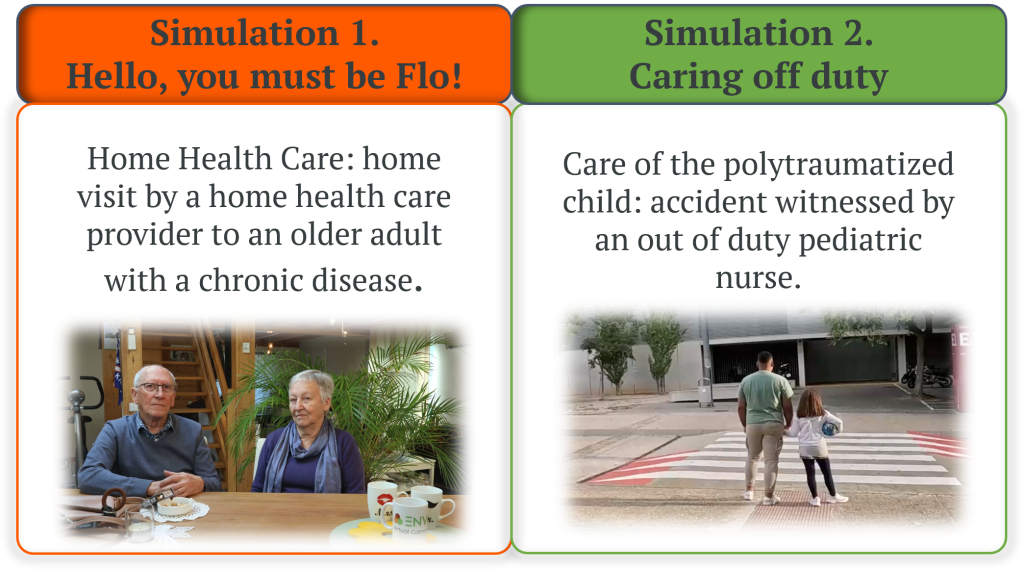8 The topic
What to do
Establish a focused topic for the simulation that would provide learners with an opportunity to apply their knowledge in a realistic practice setting.
How to do it
A good topic for a VGS should be relevant, important for the professional development of the learners, and at the same time challenging for them. Selecting curriculum content which learners find challenging to understand or difficult to apply in practice would likely be suitable as a focus of a VGS. We have to look for the elements of the learning content that are more difficult to understand for the students, that usually make them confused.
Simulation topics or scenario may relate to situations that students will often encounter in practice or have limited opportunities to encounter. Creating a simulation of a scenario which is commonly encountered will assist learners develop a self-confidence when they experience these situations in practice. Simulations which focus on experiences the learners are less likely to experience, will give them an opportunity for more complex decision-making and skills development in preparation for when similar situations may arise in practice. The Simulation topics can also focus on required competencies within clinical specialties where practice experiences for learners is limited. Simulation may provide an opportunity to develop the required competencies.
The process of creating a VGS is long and complex, implying a significant investment by the production team. Therefore, it is important to select a topic that is important to the professional practice of the learners, and at the same time challenging for them.
Another important consideration in selecting the topic for a simulation is the extent to which it can be easily represented in video format and engage learners’ senses using digital techniques that will make the simulated experience as realistic as possible.
An appropriate focus for a virtual simulation experience must be easily divided into several steps (scenes) that will promote knowledge-application and problem-solving in learners as they engage in the unfolding simulation scenario. These steps are referred to as “Decision Points” (DP). When a learner correctly responds to a decision point they move to the next scene in the simulation.
Complementary resources
Topics of the ENVISION VGS:


